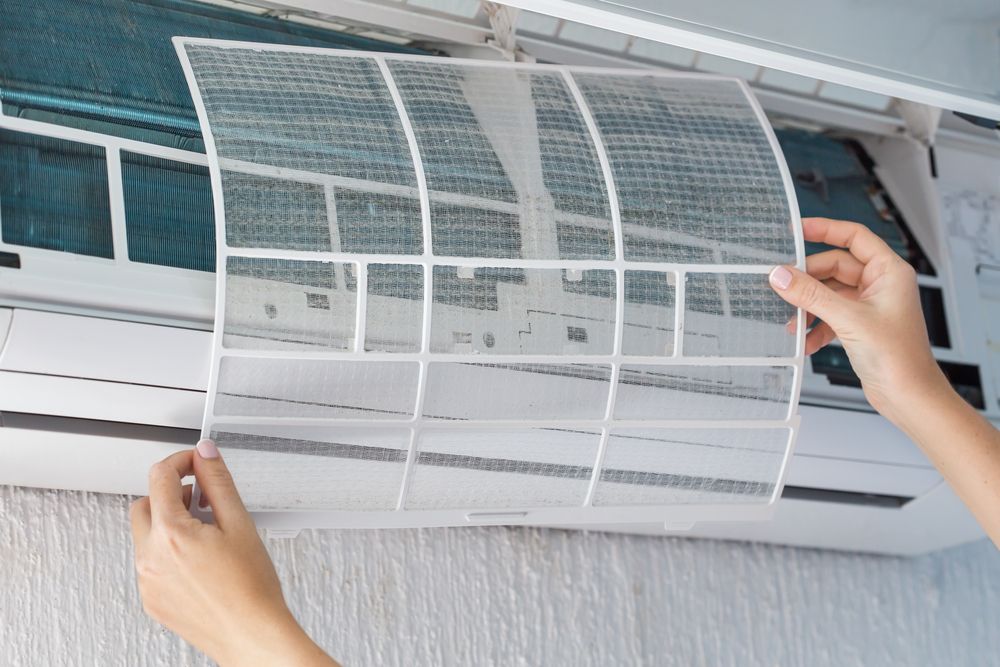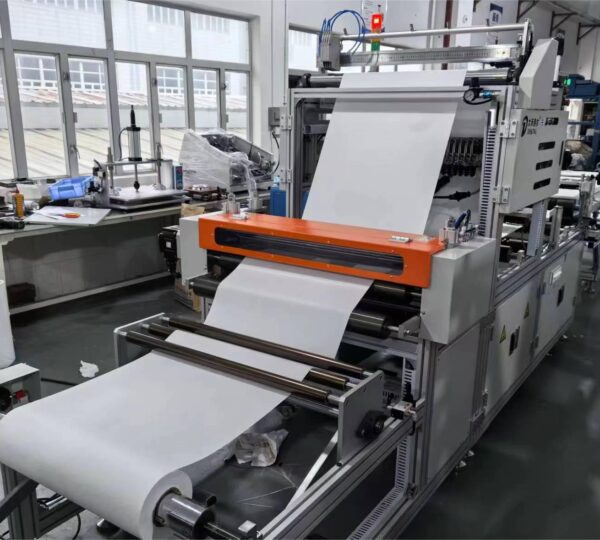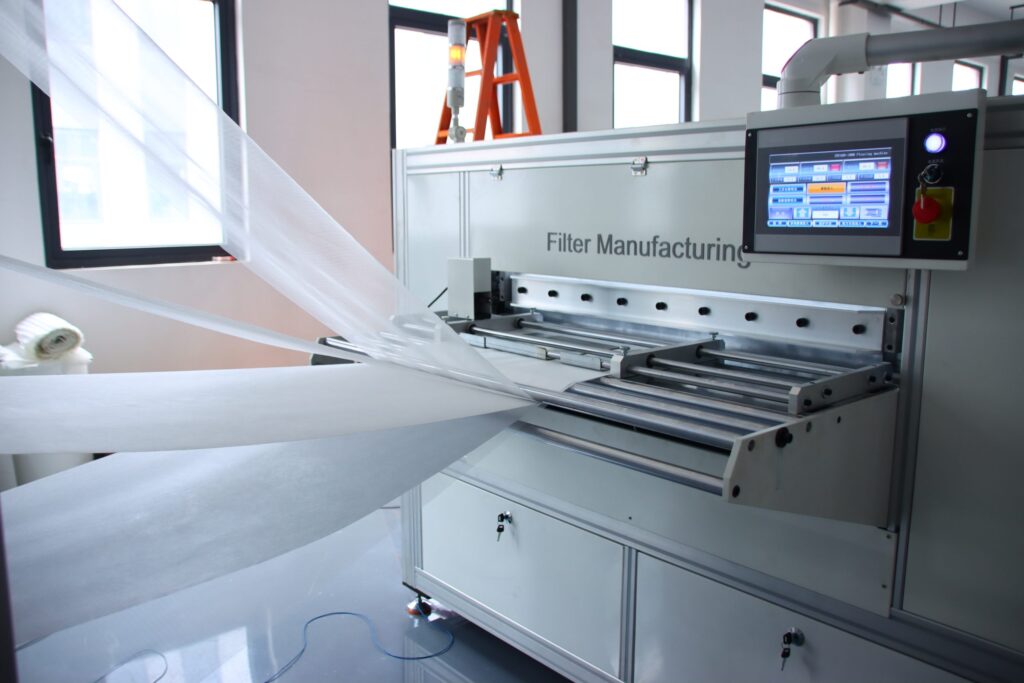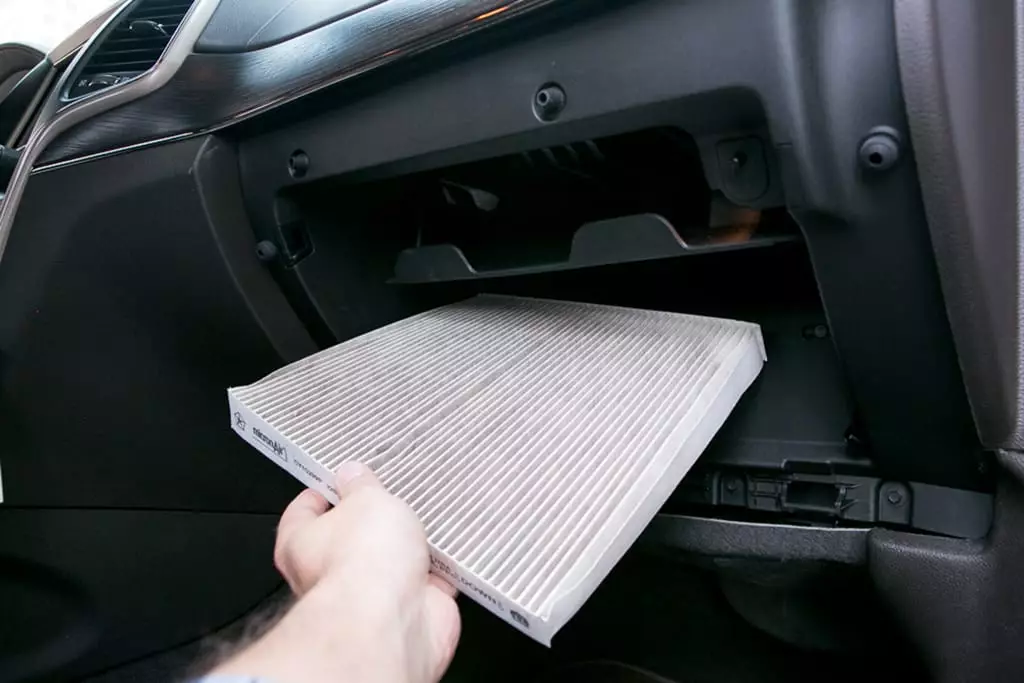Producing HVAC filters on a large scale requires more than skilled labour. It needs reliable technology designed for consistency and speed. That is where Filtration Manufacturing Equipment plays a central role. By combining automation with precision, this equipment enables mass production without compromising quality. The right systems not only meet today’s rising demand but also prepare manufacturers for tomorrow’s challenges in air quality and energy efficiency.
Understanding the Need for Mass Production
Demand for HVAC filters has surged in both residential and commercial markets. Air quality concerns, stricter standards, and frequent replacement cycles drive growth. As cities grow and more buildings adopt central air systems, demand shows no signs of slowing. Traditional manual methods cannot keep pace with the needs of modern times. Automated Filtration Manufacturing Equipment ensures a steady supply by increasing throughput while maintaining uniform quality across every filter produced. In a world where downtime or shortages can disrupt supply chains, automation guarantees reliability.
Core Functions of the Equipment
Filtration machines handle multiple tasks in sequence. They fold filter media, apply adhesives, cut to size, and assemble frames. These steps, once time-consuming, are now streamlined through automation. With fewer manual interventions, manufacturers achieve faster turnaround times and higher volumes. Moreover, modern equipment integrates digital controls and programmable logic, allowing operators to adjust production speed and specifications on demand. This level of control ensures filters meet both large-scale requirements and niche market needs.
Precision in Filter Media Folding
A critical step is to pleat or fold the filter media. Proper pleating maximises surface area, which directly affects airflow and filtration efficiency. Automated pleating systems maintain consistent spacing, eliminating human error. This not only enhances performance but also reduces waste. Precision folding demonstrates how Filtration Manufacturing Equipment improves both product quality and resource utilisation. When airflow resistance is minimised and particle capture is optimised, the result is cleaner indoor environments and longer-lasting HVAC systems.
Integration of Adhesive Application
Adhesives secure the pleats and bond media to frames. If applied unevenly, filters may fail under pressure. Modern systems utilise controlled applicators that deliver precise amounts at specific points of application. This prevents defects and increases durability. Integrated adhesive units within Filtration Manufacturing Equipment ensure consistency, even at high production speeds. Some advanced systems even monitor the temperature and viscosity of the adhesive in real-time, guaranteeing stable performance regardless of environmental changes within the factory.
Customisation and Flexibility in Design
Not all filters are identical. Hospitals, industrial sites, and homes require different specifications. Advanced machines can quickly adjust pleat depth, filter thickness, and dimensions to suit specific needs. This flexibility enables manufacturers to serve multiple markets without compromising production efficiency. By adapting to diverse needs, Filtration Manufacturing Equipment supports both mass scale and customisation. The ability to switch seamlessly between product lines reduces downtime, improves efficiency, and helps manufacturers respond rapidly to shifting customer demands.
Quality Control and Compliance
Air filters must meet safety and efficiency standards such as MERV ratings. Automated systems include sensors and inspection modules that catch defects early. They ensure that filters meet specifications before they are shipped from the factory. Built-in monitoring within the filter paper pleating machine helps reduce the risk of recalls and ensures compliance with international standards. By embedding quality assurance into every production step, manufacturers build trust with customers and regulators alike. Consistency here is not optional—it is the difference between reliable air quality and potential system failures.
Cost Efficiency and Market Competitiveness
Although the initial investment is substantial, the long-term benefits ultimately outweigh the cost. Automated systems reduce labour expenses, minimise waste, and improve uptime. These savings allow manufacturers to remain competitive while meeting growing demand. For many companies, upgrading to advanced Filtration Manufacturing Equipment opens doors to new contracts and global markets. In the long run, the equipment is not just a tool but a strategic asset in the HVAC supply chain, delivering both cost efficiency and business resilience.
Sustainability and Future Directions
Sustainability has become a significant factor in manufacturing decisions. Modern filtration systems often incorporate energy-efficient motors, recyclable materials, and adhesive processes that minimise waste. Some equipment even integrates IoT sensors to track energy consumption and schedule predictive maintenance. By aligning with sustainability goals, Filtration Manufacturing Equipment not only supports cleaner air indoors but also reduces its own environmental footprint through its production processes. Looking ahead, smart factories may use AI-driven analytics to further optimise filter performance and production cycles.
The Role of Filtration Manufacturing Equipment
HVAC filters are essential for healthy indoor environments. Meeting global demand requires speed, precision, and adaptability that manual methods cannot achieve. Automated systems offer all three while lowering costs and improving quality. Whether folding media, applying adhesives, or ensuring compliance, Filtration Manufacturing Equipment enables mass production and supports a cleaner, healthier world. As technology advances, these systems will continue to evolve, helping manufacturers balance efficiency, customisation, and sustainability in a highly competitive market.






